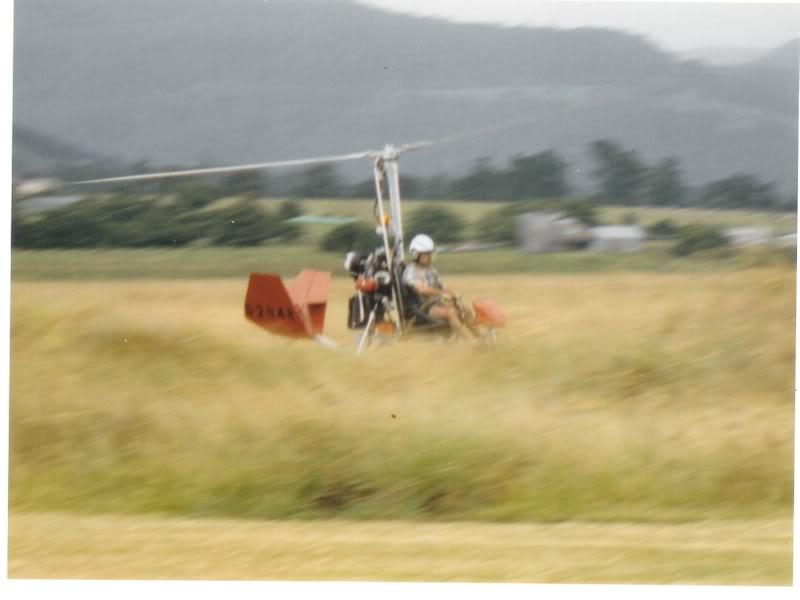
Originally Posted by
vnx205

A friend of mine built one a few years ago. He also used a Subaru engine.
He did all the right things and did some sort of training course to learn to fly it and became president of the state organisation. The way he tells the story, the trainer taught him a particular method of landing which apparently works well if you get it right but is hard to master.
After a couple of undignified and expensive landings, he decided that although he really enjoyed flying it, he had begun to dread the landings. In fact he began to wonder if he would survive the landings, so he sold it.
Shortly after that, while he was still involved with the organisation, he was shown another landing technique by a different trainer. He said that the new landing technique was a piece of cake and that if he had been taught that way originally, he would probably still have his autogyro.
According to him, flying it was easy to learn and landing the easy way was simple, but the other landing technique obviously required a skill he was not able to master.
That is his version of events anyway.




 Reply With Quote
Reply With Quote



 He managed to fly under the powerlines without problems.
He managed to fly under the powerlines without problems.


Bookmarks